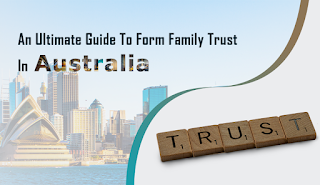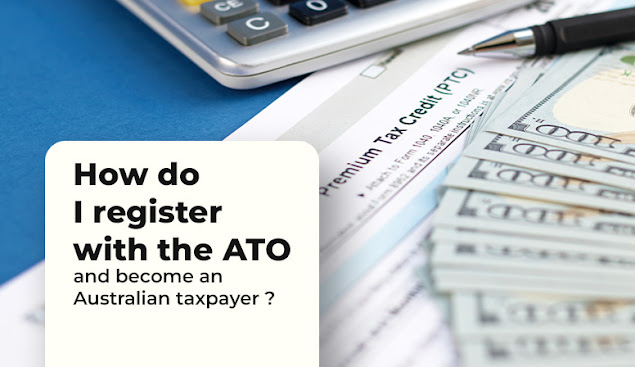An Ultimate Guide To Form Family Trust In Australia
Trusts are formed explicitly by grantors and pass on the assets to future generations. It is a specific type of trust that a family creates for a financial legacy in upcoming years. There are several benefits of creating trust, including ensuring your family members receive assets and wealth that prevent the public disclosure of trust assets. Now you can form family trust in Australia and safeguard the interests of your family members.
Parties involved in setting up a family trust fund:
The trust fund is financial support
deployed to place assets into an account held by another person. The main
motive of this trust is to benefit people other than the grantor or settler. To
put it precisely, it is a middle procedure within the inheritance process where
money or assets, instead of going from granter to beneficiary, goes from
granter to the trust fund, which further will pass to the beneficiary at an
appropriate time.
· At the core of a family trust, you can include three
parties a settler or granter, a trustee, and the beneficiaries.
·
The settlor or granter is the person who forms the
trust and transfers its assets.
·
The trustee manages the assets in the trust fund on
behalf of the beneficiaries and further distributes its assets.
·
The beneficiaries are the individuals who receive some
financial benefits from the trust.
How to set up a family trust in Australia?
It is relatively a super easy
process to set up a family trust in Australia. A family trust fund is
something where you can pass your assets to your loved ones with the standard
procedure. We have structured how to set up the trust fund step-by-step below.
The first step is to choose the
asset you want to place in the trust fund and make sure you list the value of
the specific assets.
Next is you have to choose a
trustee, and it can be anyone you choose. But we recommend you choose an
independent trustee to ensure fairness and to avoid conflict of interest.
Choosing your beneficiaries is the
third step where you will determine who will receive the contents of your trust
fund. You must also postulate how much they should each receive as a percentage
or a set amount.
All trust funds in Australia must
have a trust deed. It is nothing but a legal document that sets out the rules
and regulations of your trust, including the power the trustee has, and without
a deed, setting up a trust is challenging.
The settler or granter must find
the trust to form the trust deed; everyone in a trustee list must also sign
Australian state stamp duty may
apply based on where you have formed your trust fund. If your state does this,
ensure you permit yourself enough time to meet payment terms.
Lastly, an Australian Business
Number (ABN) and tax file number will be required. For this, you must reach out
for professional help if you find this stage overwhelming.
Conclusion:
A family trust is the most common
type of trust in Australia. We have to wrap up enough information about which
parties have to involve and set up the family trust. Family trust allows the
assets to be distributed in the set amount at a particular time, making them a
far better option than the traditional inheritance procedure.



Comments
Post a Comment